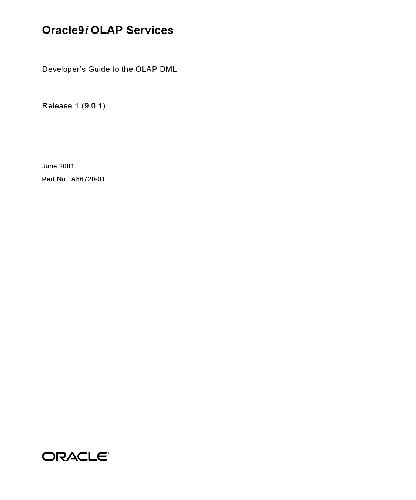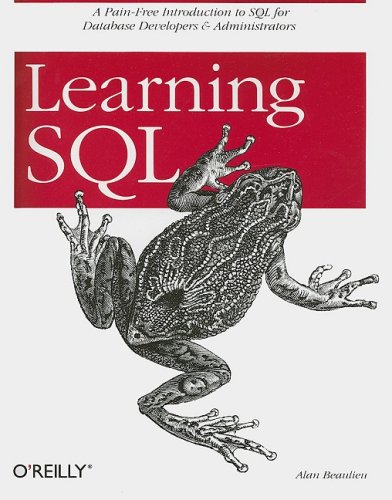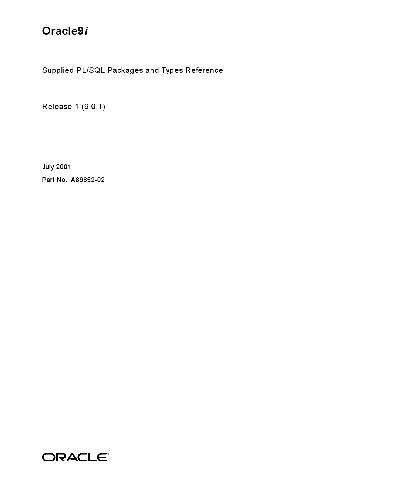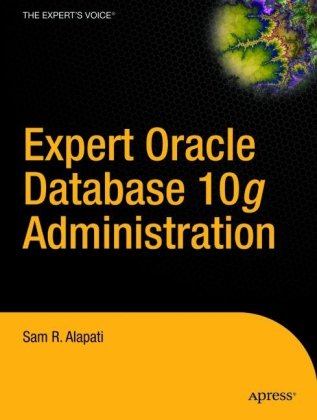Table of contents :
Send Us Your Comments……Page 9
Preface……Page 11
Conventions……Page 13
Documentation Accessibility……Page 14
What Is the OLAP DML?……Page 15
Using the OLAP DML……Page 19
How Do I Use the OLAP DML to Analyze Data?……Page 20
Where Do I Go From Here?……Page 23
2 Defining and Working with Analytic Workspaces……Page 25
Defining an Analytic Workspace……Page 26
Gaining Access to a Workspace from OLAP Worksheet……Page 28
Gaining Access to a Workspace from a Java Application……Page 30
Using the OLAP DML to Work with Analytic Workspaces……Page 33
Saving Analytic Workspace Changes……Page 37
Minimizing Analytic Workspace Growth……Page 38
Sharing Analytic Workspaces……Page 41
Working with AUTOGO Programs……Page 43
Adding Security to an Analytic Workspace……Page 44
Obtaining Analytic Workspace Information……Page 47
Overview: Defining OLAP DML objects……Page 53
Defining Dimensions……Page 56
Defining Relations……Page 59
Defining Variables……Page 63
Defining Variables That Handle Sparse Data Efficiently……Page 67
Defining Hierarchical Dimensions and Variables That Use Them……Page 72
Defining Metadata……Page 75
Changing the Definition of an Object……Page 76
4 Working with Expressions……Page 79
OLAP DML Data Types……Page 80
Using OLAP DML Objects in Expressions……Page 84
OLAP DML Operators……Page 88
Introducing Expressions……Page 89
Expressions and Dimensionality……Page 92
Specifying a Single Value for the Dimension of an Expression……Page 94
Using Functions in Expressions……Page 100
Numeric Expressions……Page 101
Text Expressions……Page 105
Boolean Expressions……Page 106
Conditional Expressions……Page 115
Substitution Expressions……Page 117
Working with NA Values……Page 118
Overview: Populating an Analytic Workspace……Page 123
Maintaining Dimensions and Composites……Page 125
Assigning Values to Data Objects……Page 135
Calculating and Analyzing Data……Page 140
Aggregating Data……Page 141
6 Limiting an Application’s View of the Data……Page 143
Introducing Dimension Status……Page 144
Limiting Using a Simple List of Values……Page 147
Limiting Using a Boolean Expression……Page 149
Limiting to the Top or Bottom Values of a Sorted Dimension……Page 153
Limiting to the Values of a Related Dimension……Page 155
Limiting Based on the Position of a Value in a Dimension……Page 157
Limiting Based on a Relationship Within a Hierarchy……Page 158
Limiting Composites and Conjoint Dimensions……Page 163
Working with Null Status……Page 166
Working with Valuesets……Page 167
Using Models to Calculate Data……Page 173
Creating a Nested Hierarchy of Models……Page 176
Basic Modeling Commands……Page 178
Compiling a Model……Page 180
Running a Model……Page 183
Debugging a Model……Page 185
Modeling for Multiple Scenarios……Page 187
8 Designing Programs……Page 191
Introduction to OLAP DML Programs……Page 192
Invoking Programs……Page 193
Defining and Editing Programs……Page 195
Using Variables in Programs……Page 198
Passing Arguments……Page 201
Writing User-Defined Functions……Page 206
Controlling the Flow of Execution……Page 209
Directing Output……Page 213
Preserving the Session Environment……Page 215
Handling Errors……Page 219
Compiling Programs……Page 225
Testing Programs……Page 227
Overview: Debugging in OLAP DML……Page 229
Debugging with a Debugging File……Page 230
Debugging with OLAP Worksheet……Page 233
OLAP DML Debugger Commands……Page 234
Working with watch points……Page 238
10 Using Embedded SQL……Page 241
Using Relational Data……Page 242
Obtaining Access to the Relational Database……Page 243
Supported SQL Commands……Page 244
Checking for Errors……Page 245
Fetching Data into an Analytic Workspace……Page 246
Declaring a Cursor……Page 248
Opening a Cursor……Page 250
Fetching the Selected Data……Page 251
Using Dimensions as Output Host Variables……Page 254
Writing OLAP DML Data to a Relational Table……Page 255
Matching Oracle9i Data Types……Page 258
Using the Special Features of an OCI Connection……Page 260
Example: SQL Program……Page 262
11 Reading Data from Files……Page 281
Introducing Data-Reading Programs……Page 282
Reading Files……Page 283
Specifying File Names in the OLAP DML……Page 285
Reading Data from Files……Page 286
Reading and Maintaining Dimension Values……Page 289
Processing Input Data……Page 298
Processing Records Individually……Page 299
Processing Several Values for One Variable……Page 302
12 Writing Reports……Page 307
Introducing the Reporting Commands……Page 308
Creating Report Rows……Page 310
Creating Report Columns……Page 312
Retrieving Data for Rows……Page 313
Controlling the Default Format of Report Output……Page 317
Modifying the Layout of Columns……Page 318
Creating Headings……Page 322
Performing Calculations in a Report……Page 326
Creating Paginated Reports……Page 331
Creating Headings on Each Page……Page 336
Guidelines for Writing a Report Program……Page 339
What is Analytic Workspace Metadata?……Page 341
Analytic Workspace Metadata Prerequisites……Page 342
Metadata That Describes Dimension Hierarchies……Page 350
Metadata That Describes Dimension Hierarchy Levels……Page 356
Metadata That Describes Dimension Attributes……Page 360
Metadata That Describes Other Objects……Page 363
Glossary……Page 367
Index……Page 395
Oracle9i OLAP Services. Developer’s Guide to the OLAP DML
Free Download
Edition: release 9.0.1
Size: 4 MB (4304195 bytes)
Pages: 410/410
File format: pdf
Language: English
Publishing Year: 2001
Direct Download: Coming soon..
Download link:
Category: Computers , DatabasesSign in to view hidden content.
Be the first to review “Oracle9i OLAP Services. Developer’s Guide to the OLAP DML” Cancel reply
You must be logged in to post a review.







Reviews
There are no reviews yet.